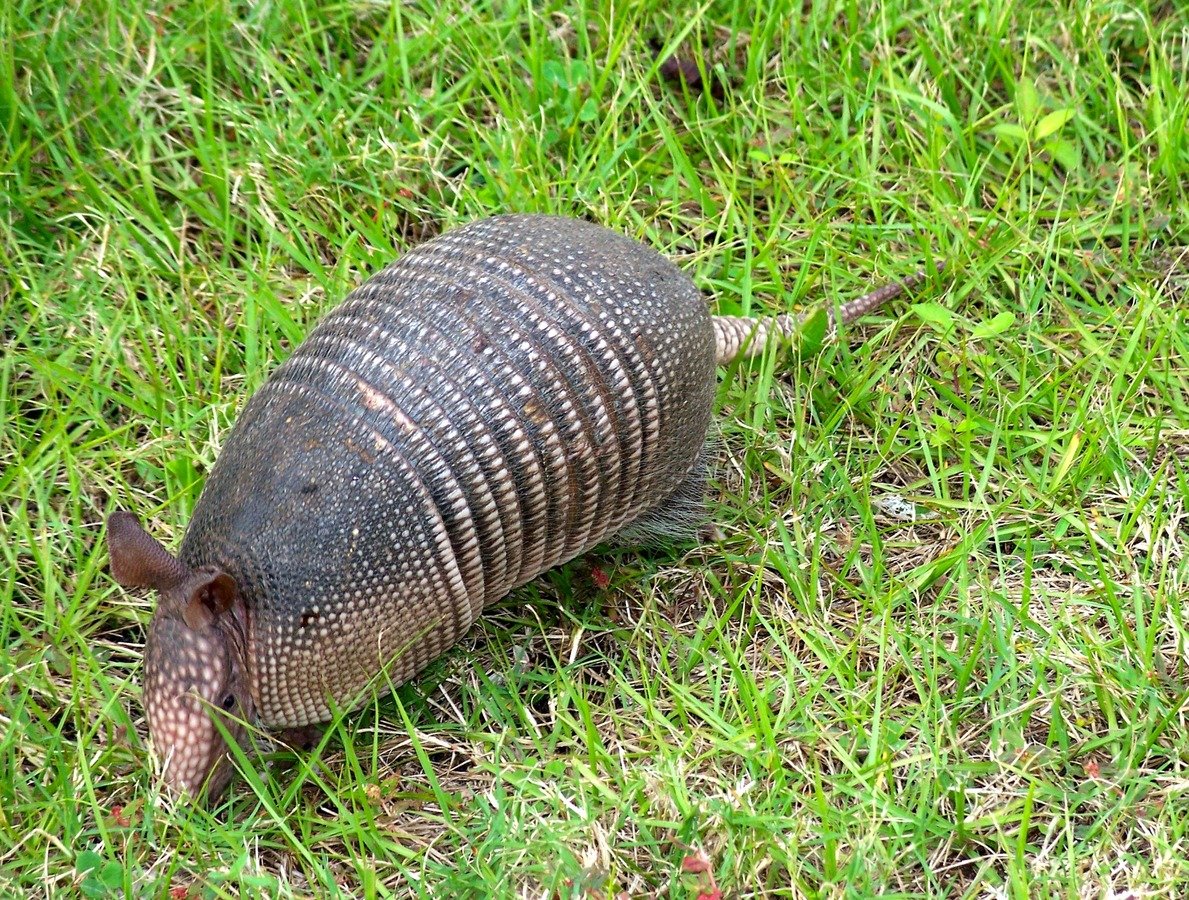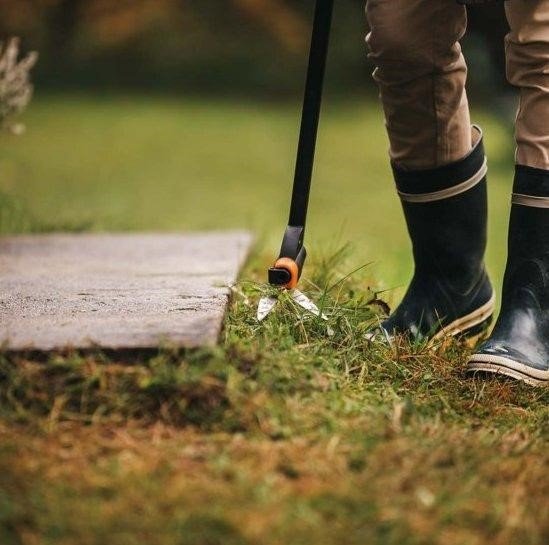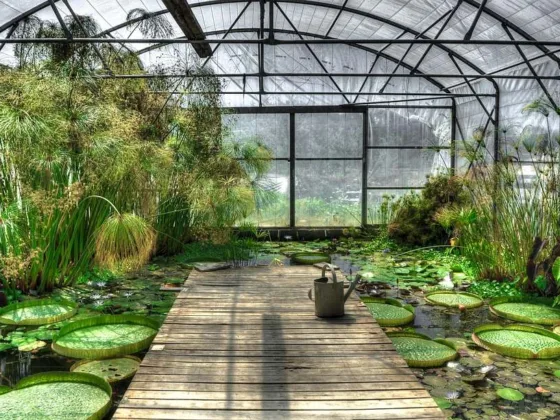Table of Contents Show
There’s a broad range of pests that can become a real cause for concern at your Colorado home.

Ranging from the big and dangerous to the small (though not any less dangerous), pests come in a variety of sizes, and behaviors. And the first step towards properly containing a possible infestation is getting to know the most common nuisance wild animals in your area.
Of course, Colorado is broad, so for a more detailed and specific take on the precise town where you live, you may wish to speak to a wildlife control company right in your area. But before that, let’s take a look at the most common nuisance wildlife in the state of Colorado.
1. Bats
Bats can be a scary find, especially if they’re in a darkened area (which they typically will be), like an attic. And while bats may be understandably scary for you, they are considered a helpful species in Colorado, as in many other parts of the United States.
That’s because a bat will feed on a lot of harmful insects, and thus contribute to the pollination process. Because of this, Colorado has strict laws regarding bats, meaning you could be looking at legal repercussions, should you attempt to exterminate them.
This is why, if you discover a bat nest or colony on your property, the best thing to do is reach out to a wildlife removal professional, as they will know a safe, and legal way to dispose of or mitigate the problem.
2. Armadillos
Another common species to look out for in Colorado is the armadillo. While an armadillo isn’t overly dangerous for you or yours, it is a relentless burrower, meaning it won’t hesitate to dig up your yard, and cause significant damage to your flower beds and your lawn.
Not only that, but armadillos also don’t know when to stop, and may burrow in more sensitive areas of the property, like underneath the driveway. Given enough time, armadillos can cause significant damage to your property, and lower its value.
Read Also:
3. Raccoons
To be fair, raccoons are quite a common house pest in most areas of the United States. Although they can be responsible for quite a bit of damage, it’s worth remembering that the only reason why they’re there is that raccoons look for a shelter in the cold months, preferably one that’s near a source of food and water.
In order to discourage raccoons from settling on your property, you could look into what’s attracting them. For instance, leaving pet food and water bowls out overnight, or improperly stored trash can both act as serious attraction points for raccoons.
The good news is, by eliminating such attractions, you could go a long way towards making your property as unattractive as possible, and thus seriously discouraging raccoons from setting up camp near your home. Tip: if you spot a raccoon on your property, you need to deal with it immediately, since raccoons can carry serious bacteria.
4. Skunks
Skunks are well-known all over the world for their signature bad stench. However, it’s interesting to note that a skunk probably won’t spray you unless it identifies you as a serious threat.
That’s because the skunk only has a limited supply of its infamous stench. As such, spraying when it’s not absolutely necessary risks leaving the skunk defenseless against larger predators.
That being said, skunks can still be responsible for quite some damage to your backyard, not to mention prove dangerous to your health. So, if you suspect a skunk infestation, don’t treat it lightly.
5. Beavers
Last on our list, but no less important, we’ve got beavers. Of course, you’re more likely to encounter beavers if you live near a body of freshwater, which is where beavers tend to hang out.
While beavers aren’t directly interested in human properties, preferring to make their home inside lodges in the water, they do pose a threat to your bushes, plants, and most of all, trees.
Beavers typically gnaw on these, to file down their ever-growing teeth, and to get materials for their famous dams. By gnawing on trees, they can undermine their stability, and pose a serious threat to you and yours, and even to your house.









